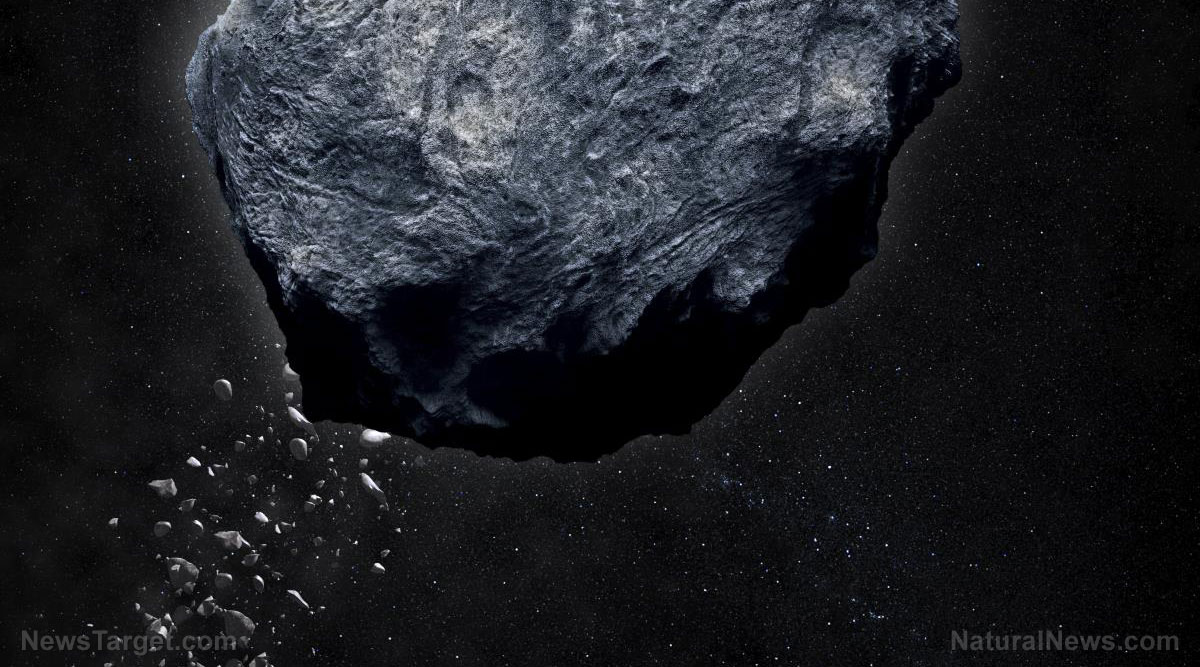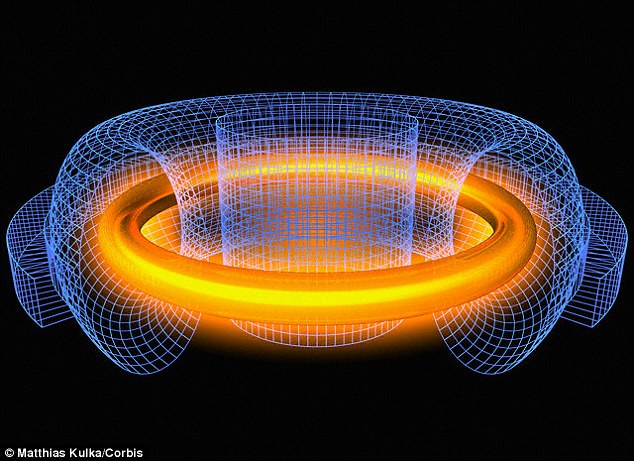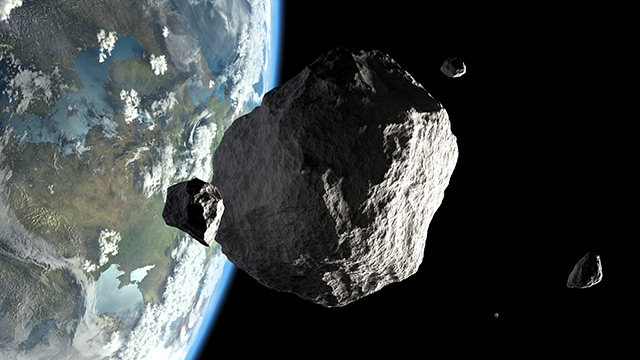MIT engineers have created a “Sun in a box” which stores renewable energy to be used on demand
02/24/2019 / By Edsel Cook

The new renewable energy storage method devised by researchers at the Massachusetts Institute of Technology has a proper technical name. But many call it “Sun in a box” because of its conceptual resemblance to the giant ball in the sky that provides the Earth with seemingly unlimited amounts of energy.
Just like the Sun, the Thermal Energy Grid Storage-Multi-Junction Photovoltaics (TEGS-MJP) also contains white-hot silicon. Instead of producing energy, the tanks, which are filled with molten silicon, store excess electricity produced by solar parks and wind turbine farms.
To release that hoarded energy, photovoltaic tubes harvest the light emitted by special tubes through which molten silicon is pumped. The light is converted into electricity and released into the power grid.
Researchers at MIT claim that this “Sun in a box” system is a much cheaper and efficient means of storing grid-scale energy than plans to use large banks of lithium-ion batteries to store solar and wind power. They even stress that a TEGS-MJP facility will only cost 50 percent of an equivalent pumped hydroelectric storage system, the benchmark for large-scale energy storage systems. (Related: New highly efficient thin-film solar cell generates more energy than typical solar panels.)
“Sun in a box” is the successor to concentrated solar power
The “Sun in a box” system traces its ancestry to the concept of concentrated solar power, an attempt by researchers to get more energy out of sunlight. Instead of a large array of solar panels, a concentrated solar power system deploys many massive mirrors that bounce sunlight towards a central structure.
The structure absorbs the light and turns it into heat energy. This can either be immediately converted into electricity or stored for later use. And it so happens that thermal energy is much easier to store than electricity.
A concentrated solar plant keeps heat energy inside a storage tank that contains molten salt. Temperatures inside this stainless steel container vessel are maintained at roughly 1,000 degrees Fahrenheit. To extract the stored energy, the liquefied salt goes through a heat exchanger, where the heat boils water into steam. The steam is used to spin a turbine that produces electricity.
The problem with the concentrated solar plant concept was that it could not operate at the higher temperatures needed to compete with the lower cost of natural gas. If the temperature of the salt greatly exceeds 1,000 degrees Fahrenheit, it will eat through the stainless steel of its storage tank and cause an accident.
Storing thermal energy in molten silicon and pumping it out to produce energy
An MIT research team led by Asegun Henry looked for substitute mediums that could store thermal energy at much higher temperatures without damaging the storage tanks. They went through a list of liquid metals before settling on silicon.
Best known as the material of choice for semiconductors, silicon is the most plentiful metal on Earth. It can tolerate temperatures of more than 4,000 degrees Fahrenheit, four times as much as the molten salt.
Now they needed a high-temperature pump that could handle the heat of molten silicon. In 2018, Henry’s team announced their successful development of the world’s most heat-resistant pumping device.
The TEGS-MPV concept combines molten silicon and their patented high-temperature pump into a much more capable thermal storage system. It can store any form of renewable energy through the joule heating process, which generates heat by running an electric current through a heating material.
A single “Sun in the box” system promises to provide power to 100,000 homes. It can reportedly be deployed anywhere, including places that lack the large amounts of water needed by pumped hydroelectric storage systems.
Sources include:
Tagged Under: batteries, breakthrough, Chemistry, Clean Energy, concentrated solar power, Ecology, electricity, Energy Storage, future tech, heat energy, hydroelectric power, inventions, physics, power, power grid, renewable energy, renewable energy storage, Silicon, solar power, thermal energy



















